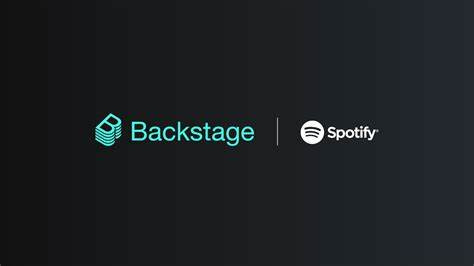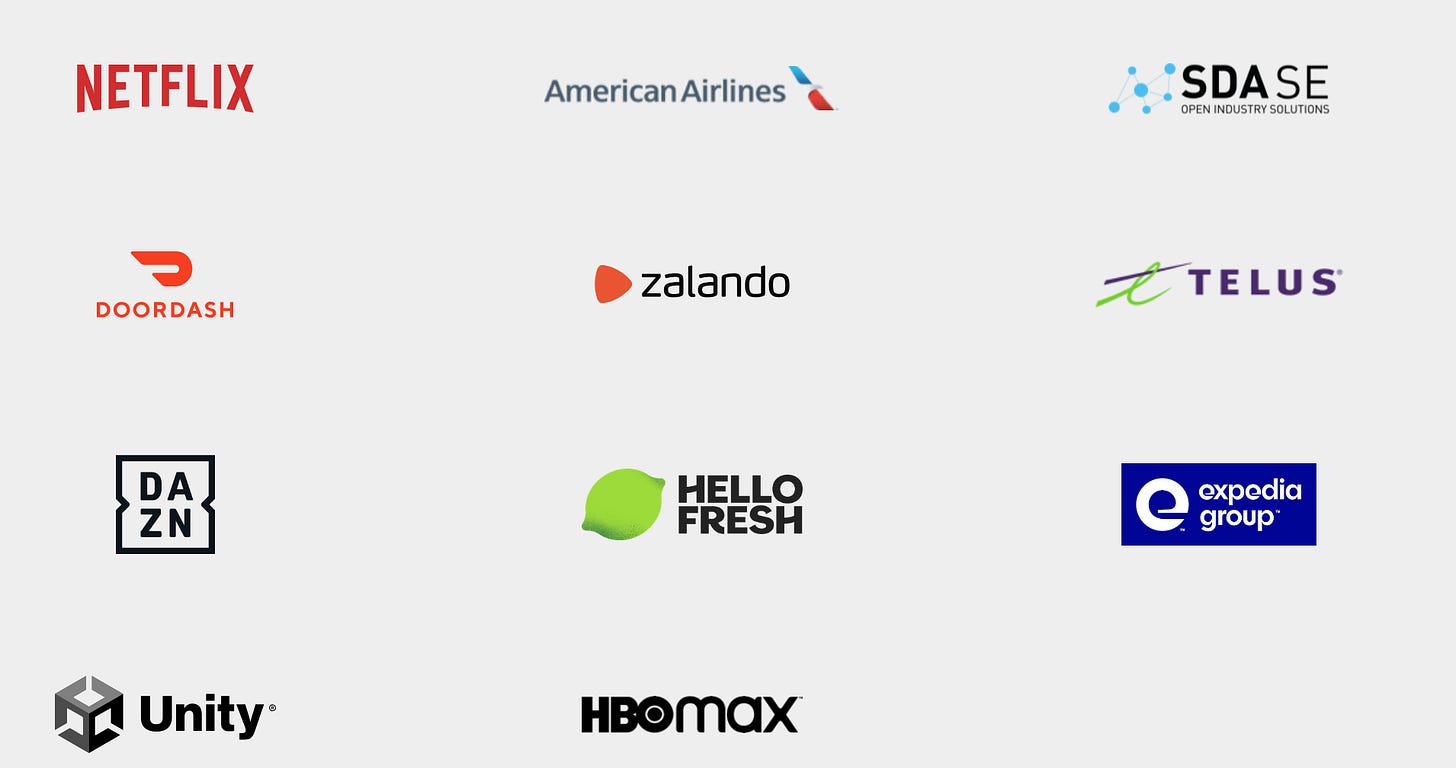🎵Spotify's Engineering secret to growth (Product Platform Case Study)
Backstage is an open source developer platform solution from Spotify supported by a strong community, and it has many adopters including some of the biggest brands such as Netflix, HBO and more.
Today’s agenda is a deep-dive into product platform engineering at Spotify:
(🔓: For Free Subscribers ,🔒: For Paid Subscribers)
🔓Introduction: How Developer Productivity is actually a Business Problem
🔓Introducing Spotify’s Backstage Platform (and why Netflix uses it too!)
🔒How Spotify measures developer happiness (Metrics and KPIs)
🔒Use cases of Internal Dev. Platform (IDP) at Spotify (Including Videos)
🔒How Dev. Platform help is increasing retention of engineers
🔒Toyota Case Study (Savings of $10M with IDP)
🔒How to start creating your own internal dev. platform (IDP)
Software Developers are often stuck in complexities of day-to-day work 😒that scaled organizations do not realize. Many examples can be seen: It can simply be difficult for them to find the API or SDK they need, or managing and configuring infrastructure, developing applications across different platforms, lack of documentation (how to use various tools and services) and more.
Issues that software developers face should not just be a concern for tech community and tec leadership of the company, but for business stakeholders as well since modern organizations often scale at the pace of how quickly market iterations can be done and learnt from.
“Shipping great code” is what software developers care about 👩💻 - the rest actually is mostly friction to their flow state. Many roles and structures have been created in organizations to help software developers remain in their flow state. This includes platform engineering, SRE, DevOps , DBA teams and more have emerged out of simply need to ensure software developers in application teams can simply code 📱and launch meaningful features to users.
🚀Today we dive into how Spotify skyrockets developer happiness with their developer platform called Backstage - a framework now used by 1000s of companies. An important case study for not only platform product managers and engineers, but anyone who cares about faster go-to market in a tech company. Spotify’s developer platform framework became so famous that even Netflix adopted it. So, a must read.
This is Part 3 of the course on Platform Product Management (You can also access Part 1 and Part 2 of the course).
Before we get into the case study, we are excited to partner with Tyk to provide Tech PMs/ Platform Engineers to get certified on managing cloud-native API platforms. Register below👇️
Tyk's API platform engineering fundamentals programmme will equip you with the skills and knowledge to architect, develop, and deploy cloud-native API platforms. It has been designed together with Tyk’s API platform leads and guests from world-class platform, engineering and infrastructure teams at businesses all over the world; from banks, to oceans, to outer space.
Understand the role of API platform engineering inside a business, how to achieve a platform team’s objectives & how teams collaborate with others in their organisation. Dig into the developer tools and processes that make platform teams tick. And at the end of it all, you'll get an “API Platform Engineering | Fundamentals” certificate for your professional profile.
📢Introducing Spotify’s Backstage: An open platform for building developer portals
Spotify is home to many autonomous software teams. This means for a long time, their developers dealt with level of complexity brought in by different architectures, tech stacks, redundancies, service designs and documentation types.
To tackle with this growing problem that often comes with scale, Spotify initiated a developer platform called Backstage in 2016 to improve developer productivity through a self-service interface that allows developers to code, test, deploy and manage their application.
With Backstage, you can build one central place for your engineering organization’s tools, resources, and documentation — from CI/CD status to Kubernetes monitoring, to API and library docs, to deciphering your monorepos, and everything in between. Basically, whatever your developers need outside their repo and IDE. Source
As per official website, the rule of thumb is: if your organization has more than 200 engineers or microservices, then Backstage can restore order to your growing chaos. Backstage is now an open source solution supported by a strong community, and it has many adopters including some of the biggest brands:
📊How Spotify measures developer happiness
In previous parts of the course, we have emphasized enough on KPIs for platform teams, and hence it would be first interesting to see how Spotify measures developer productivity.
But first, here’s a recap of all KPIs, we introduced in Part 1 and Part 2 of the course, spread across teams that contribute to developer productivity:
Developer Happiness can be a vague term to many, but let us break it down what this means by using Backstage as example.
Backstage tracks three metrics to assess benefit of the Backstage framework (i.e developer platform)
Developer Productivity (Developed Software/Development Effort)
Developer Efficiency (Developed Software/Resources Utilised)
Developer Effectiveness (morale/ stress/burnout)
Developer productivity was specially important to track for new joiners. But you cannot use the above-mentioned traditional definition to measure it always since it is a lagging metric. For tracking new joiners productivity, Spotify came up with a super innovative leading metric:









